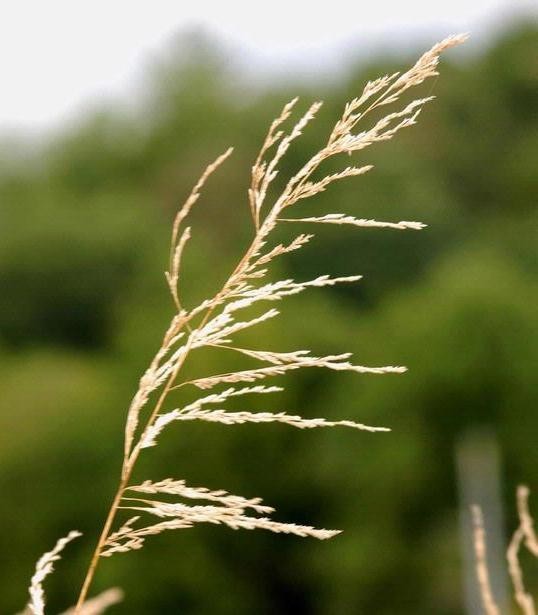Weeping lovegrass
(Eragrostis curvula)

Description
Eragrostis curvula is a species of grass known by the common name weeping lovegrass. Other common names include Boer lovegrass, curved lovegrass, Catalina lovegrass, and African lovegrass. It is native to southern Africa. It is an introduced species on other continents.Eragrostis curvula is usually a long-lived perennial grass, but it is sometimes an annual plant. It is variable in appearance, and there are many different natural and cultivated forms. In general, it forms tufts of stems up to 1.9 metres (6.2 ft) tall. The tufts may reach a diameter of 38 centimetres (1.25 ft). The grass grows from a thick root network. Plants have been noted to have roots penetrating over 4 metres (13 ft) deep in the soil and 3 metres (9.8 ft) laterally. The roots can grow 5 centimetres (2.0 in) per day. The first root to grow into the soil from a seedling can send out up to 60 small rootlets per inch. The dense root system forms a sod. The drooping leaves of the grass are up to 65 centimetres (2.13 ft) long but just a few millimeters wide, and they may have rolled edges. The inflorescence is a panicle with branches lined with centimeter-long spikelets. Each spikelet may contain up to 15 flowers. One panicle may produce 1000 seeds. Cultivated plants may produce two crops of seed per year. The plant self-fertilizes or undergoes apomixis, without fertilization.
Taxonomic tree:







